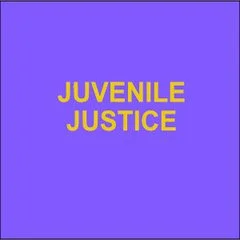By Samantha Harvell, Teresa Derrick-Mills, Constance Hull
Over the past decade, Milwaukee County’s youth probation agency—the Department of Health and Human Services’ Children, Youth and Family Services (CYFS)—has fundamentally changed its approach to supervision, redefined staff roles and responsibilities, and adopted a new trauma-informed, developmentally responsive case management model to improve practices and boost outcomes for the young people and families it serves. Implementing changes of that magnitude has not been quick or easy and remains a work in progress. Yet CYFS leaders and staff have learned much from the process, and Milwaukee County provides a helpful case study of youth justice reform in action.
Why This Matters
Community supervision, typically in the form of probation, plays a central role in the juvenile legal system. The majority of young people adjudicated delinquent are placed on probation in the United States. In 2019, the most recent year for which data are available, half of all juvenile cases sanctioned in court—nearly 250,000—resulted in probation. Because of this, reforming probation could transform how youth justice is administered across the country.
What We Found
Drawing on interviews with 20 local stakeholders and our experiences providing technical assistance to CYFS leaders over more than two years, this report summarizes lessons from Milwaukee County’s reform efforts, including factors that have supported and hindered progress. Key findings include the following:
Having a team dedicated to quality management provides critical infrastructure to support reform.
Implementation science offers a helpful framework for promoting change.
Effective leadership is essential.
Investing in staff development and organizational infrastructure and systems is vital to long-term success and sustainability.
Building internal support and buy-in for reform is crucial.
Developing tailored, targeted, and effective messages about reform is critical to growing and leveraging external legal partnerships.
Centering community is essential.
Expanding funding structures can support transformative change.
Washington DC: The Urban Institute, 2023. 33p.




